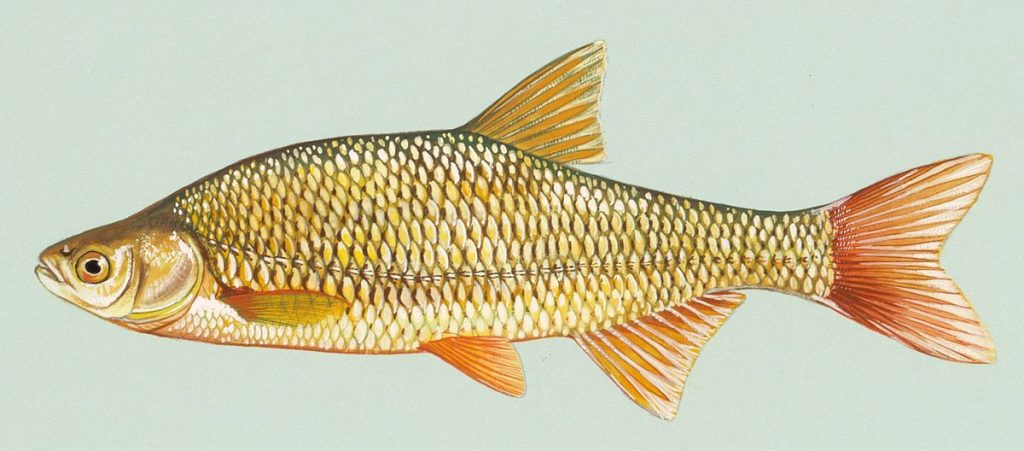What Fish Can Teach Us About Voting

The golden shiner, pictured above, is a tiny fish which you won’t see on many menus. At only about four inches in length, it’s more commonly used as bait than as sushi, so unless you’re an avid fisherman, don’t think twice about it if you hadn’t heard of it before. The important thing about the golden shiner, for our purposes, is that it tends to have an innate desire for the color yellow. Oh, and they’re schooling fish; if a handful of them know which way to go, the rest of the group will blindly follow. Combined, that allows us humans to create a neat little trick: If you place a yellow target near some golden shiners, the school may end up swimming to you.
And it also allows us to learn something about how people vote in democratic societies. Maybe.
Given enough training, golden shiners can learn to favor other colors. It’s a tough task, but a team of researchers led by Iain Couzin, a professor of ecology and evolutionary biology at Princeton University, did just that in 2011. They trained six golden shiners to prefer the color blue and reinforced the appeal of yellow among five other golden shiners. (The reason for the small sample size, per TIME: it’s really time-consuming to train golden shiners to do anything, as “[they’re] not nature’s brainiacs.”)
In theory, the blue fish’s preference for blue was less intense than the yellow fish’s preference for yellow. And the first experiment with these fish reinforced this belief. As the BBC reported, “when the two groups were placed together, the minority’s stronger desire for the yellow target dominated the group’s behavior” — the five yellows led the six blues to the yellow target about 80% of the time, despite being slightly out-voted.
Couzin and team then tried another experiment: they introduced a larger number of untrained golden shiners to the tank. Given the golden shiner’s natural predisposition to yellow and the fact that the yellow minority won in the previous trial, Couzin and team expected yellow to win again. But: it didn’t. Per NBC, “with 10 untrained fish, the group chose the blue target more than 60 percent of the time.” Basically: the uninformed follow the majority, tilting the election.
So, what can this tell us about human voting patterns? It’s tempting to draw all sorts of conclusions. Couzin told NBC that “we previously assumed that uninformed individuals promote extremism by being easily exploited by the (strong) minority,” but these fish suggested that the opposite was true — ignorantly-voting fish tended to favor what they perceived to be the majority. That said, Couzin and his compatriots warned NBC that we’re talking about fish and not people, and we should keep that in mind: “the scientists stressed that the results of the study cannot be extrapolated to decision-making in human groups.”
Bonus fact: Sushi is typically served with wasabi, a spicy plant often ground into a paste. While you may think the wasabi is there to enhance the taste, that wasn’t its original intent. Originally it was included for its antimicrobial properties — if the fish wasn’t free from harmful bacteria, the wasabi could take care of that. Today’s sushi rarely has such issues so the wasabi doesn’t serve its historical purpose. But, per the New York Times, it may have another benefit: “there is a claim that certain compounds found in wasabi, the piquant green horseradish that accompanies sushi and sashimi, can kill the bacteria that cause tooth decay.”
From the Archives: Anti-Terror Fish: Fish that fight terrorism.
